Car adaptive cruise control (Adaptive cruise control, ACC) system is an important part of the car driving assistance system. Its function is to detect the motion state of the car and the motion state of the effective target in the driving lane according to the on-board sensors such as on-board radar. Taking into account the car’s own acceleration and deceleration capabilities, safety, comfort, and speed, the goal is to maintain a safe distance between cars, and the relative motion state of the car and the front target in the driving lane is used as input. The expected longitudinal acceleration of the vehicle is the output system controller, and the acceleration and deceleration of the vehicle are controlled through the actuator, so that the vehicle will follow the preceding vehicle accurately at the desired distance between vehicles [1].
In recent years, with the development of technology, people have put forward new requirements for multiple interrelated and contradictory performance indicators such as vehicle safety, comfort, and speed [2-3]. How to coordinate these performance indicators to become ACC For the key issues of system design, researchers have successively proposed PID-based control [4-5], sliding mode control [7], optimal control [8], and model predictive control [9-10] (Model predictive control, MPC), etc. ACC system control strategy based on control theory. For example, literature [8] uses the optimal control theory to transform the leading vehicle following error model that introduces the acceleration of the leading vehicle into a linear quadratic regulator problem, and defines the infinite-time discrete quadratic objective function of the leading vehicle following error model to coordinate multiple It is a performance index, but its solution ignores the influence of the acceleration of the preceding vehicle in order to simplify the calculation, resulting in a large error when the vehicle follows the preceding vehicle. Literature [9] converts the design of automotive adaptive cruise control algorithm into a constrained online secondary optimization problem under the framework of model predictive control. Although the simulation results are good, its solution depends on the secondary programming of the MATLAB optimization toolbox. The solver, and the process is more complicated, it is difficult to embed it in the real vehicle controller.
To this end, this article introduces a constraint function on the basis of the longitudinal dynamics model of the ACC system in the literature, and under the framework of model predictive control, weights the output of the system (distance difference, relative speed, actual acceleration of the vehicle) The sum of squares is used as the objective function for coordinating multiple performance indicators, and then the objective function containing multiple variables is transformed into a one-dimensional extreme value problem containing an unknown variable, and the objective function is solved by the fminbnd function of MATLAB, which realizes the multiple performance of the ACC system. Coordinated control of performance indicators. Finally, through simulation, the feasibility of the algorithm for coordinating multiple performance indicators (safety, comfort and speed) of the vehicle is verified.
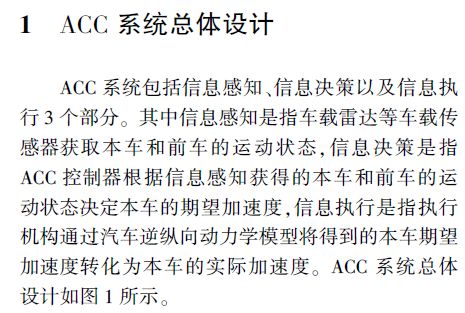
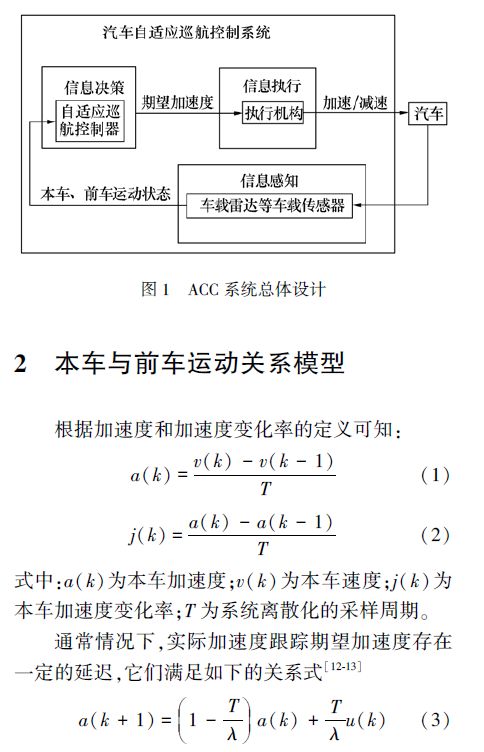
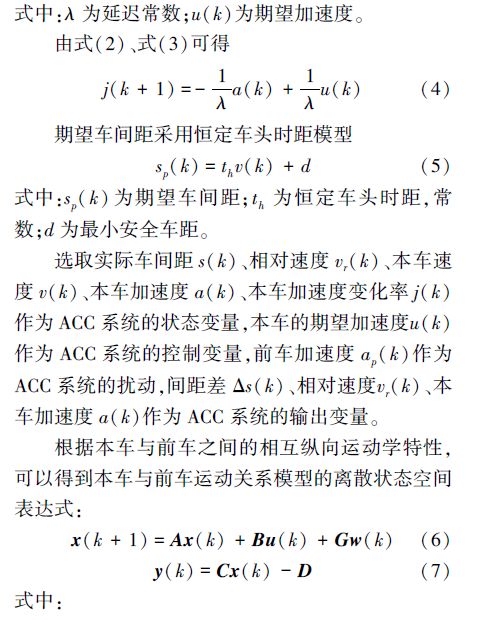
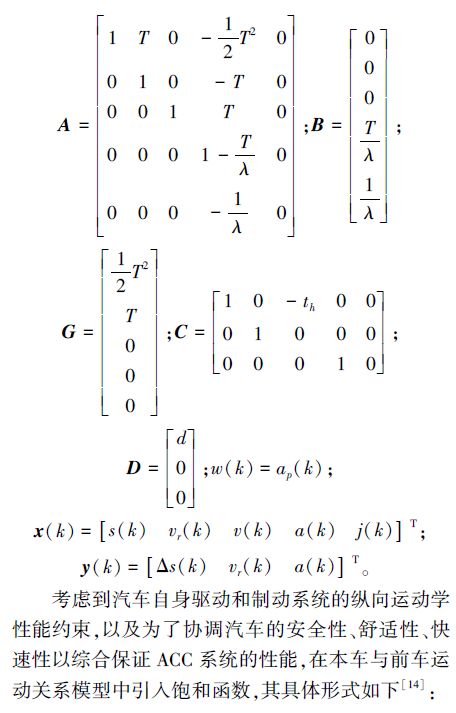
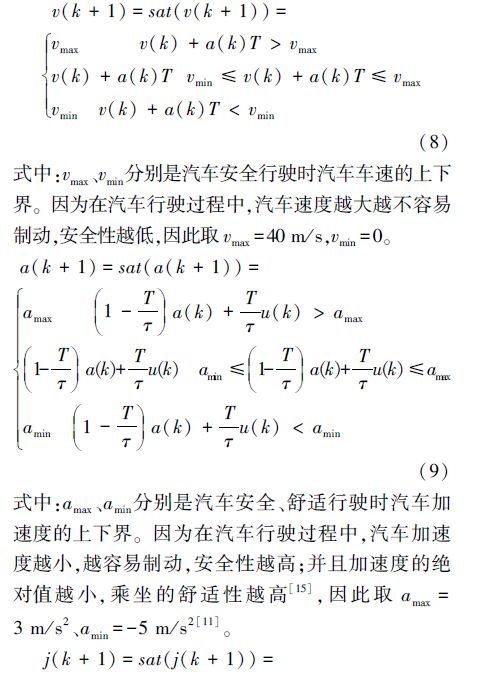
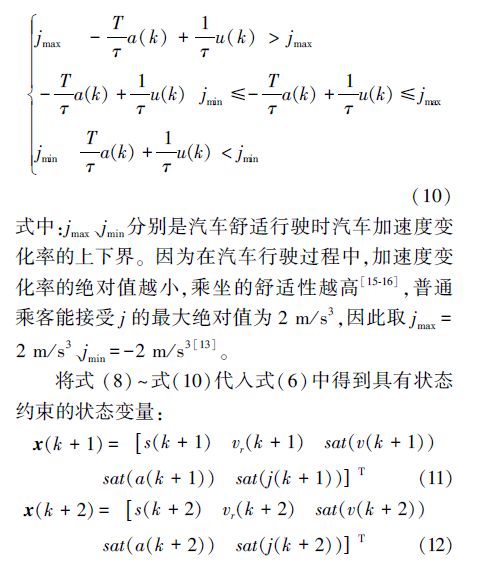
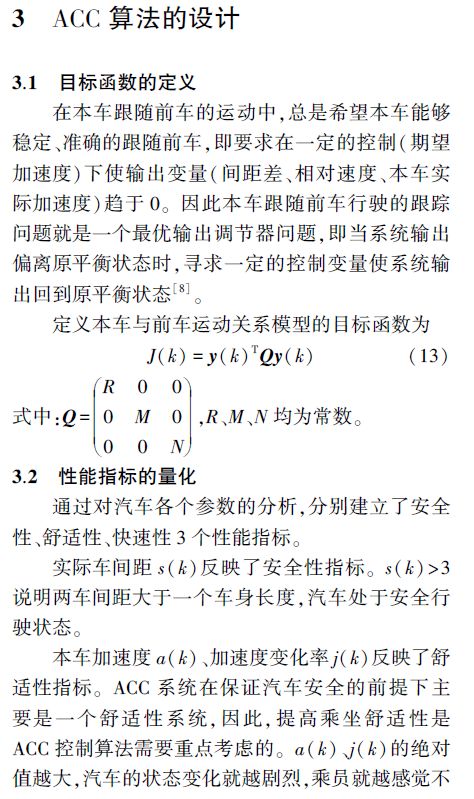
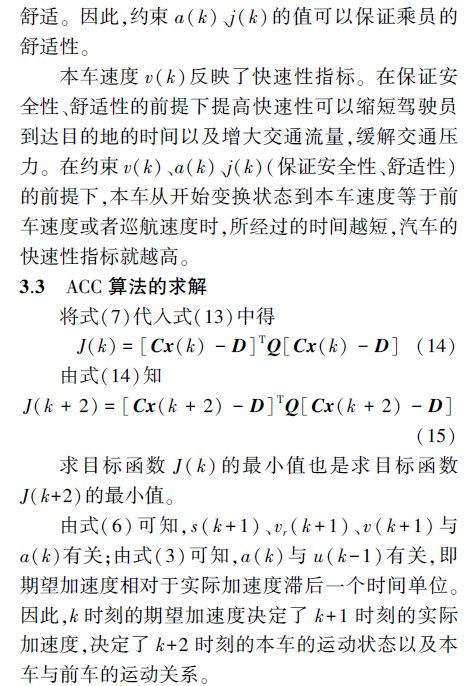
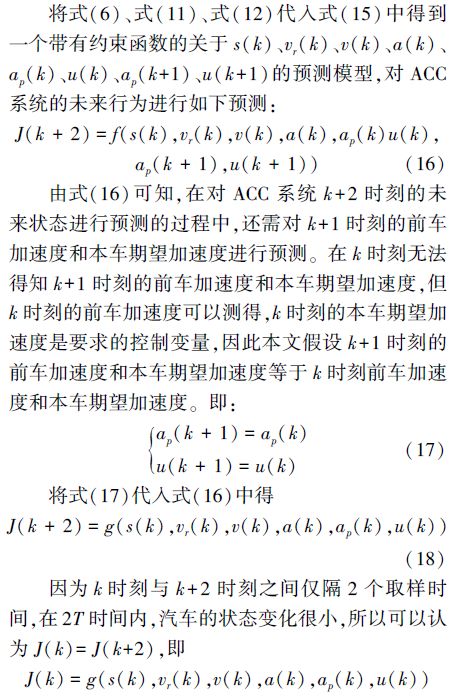
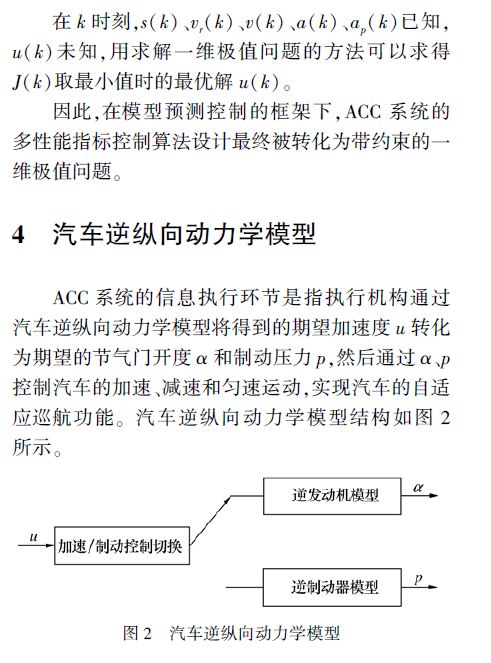
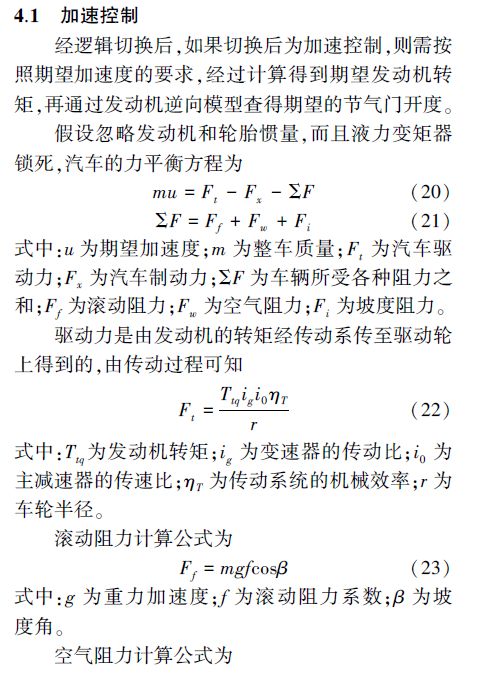
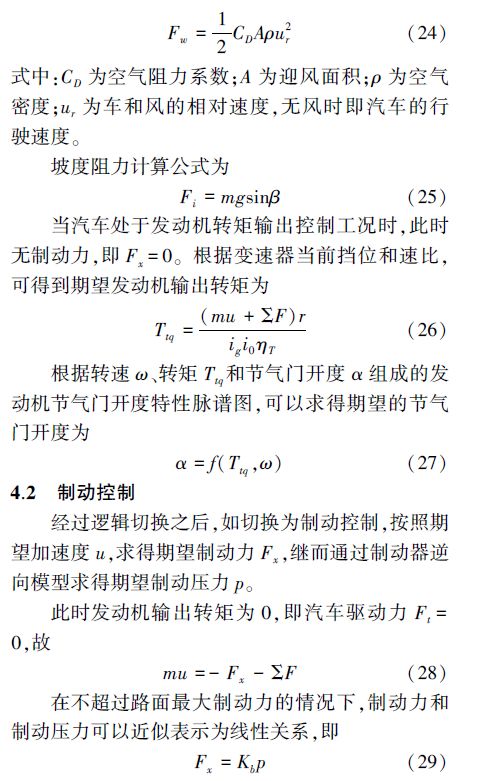
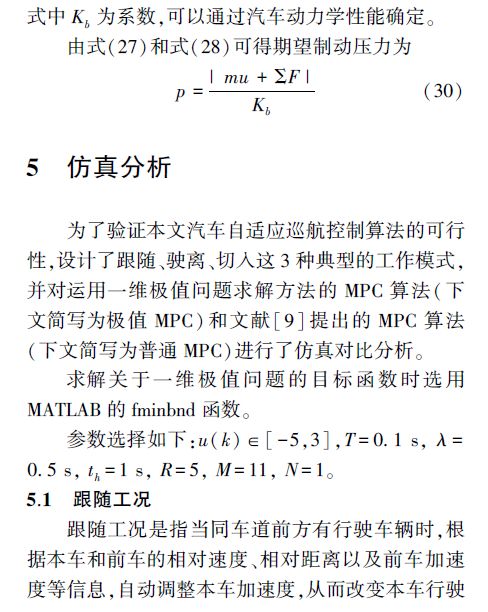
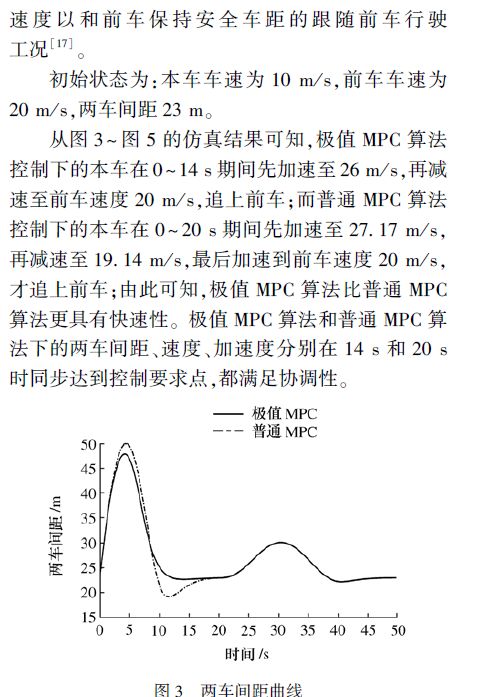
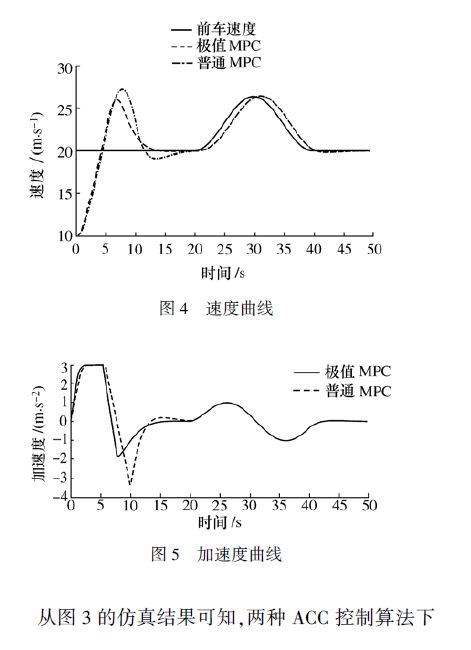
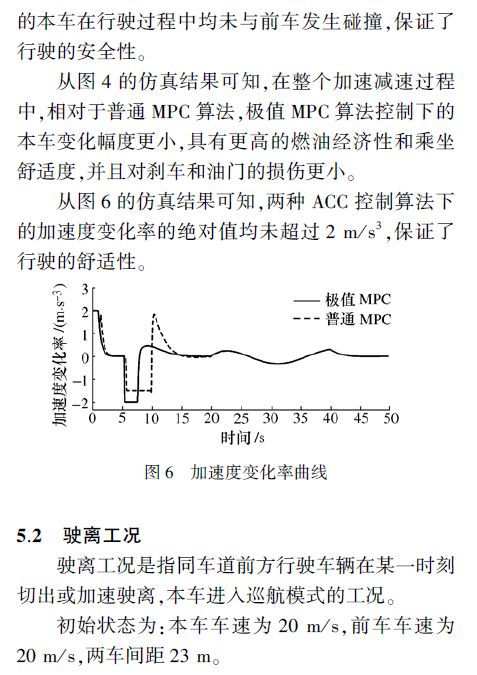
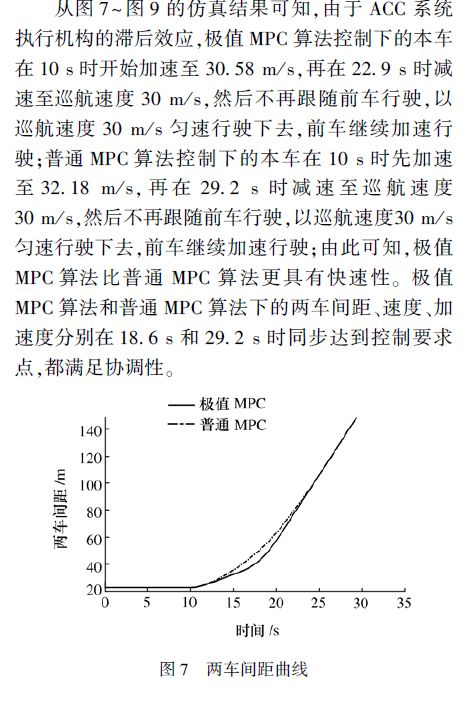
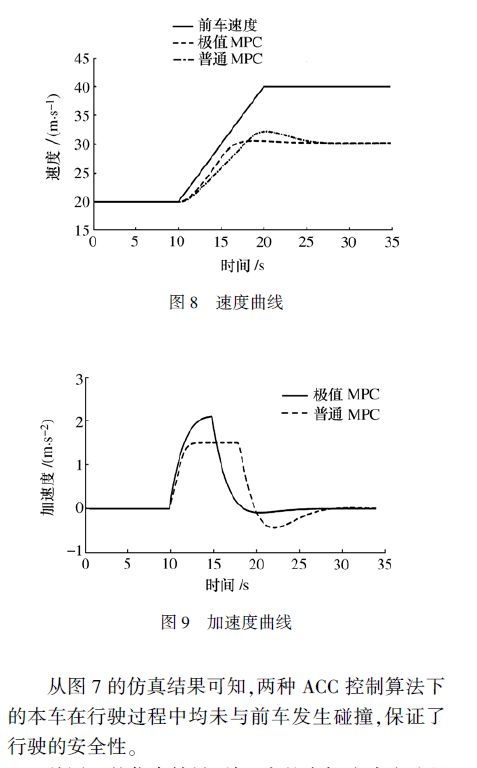
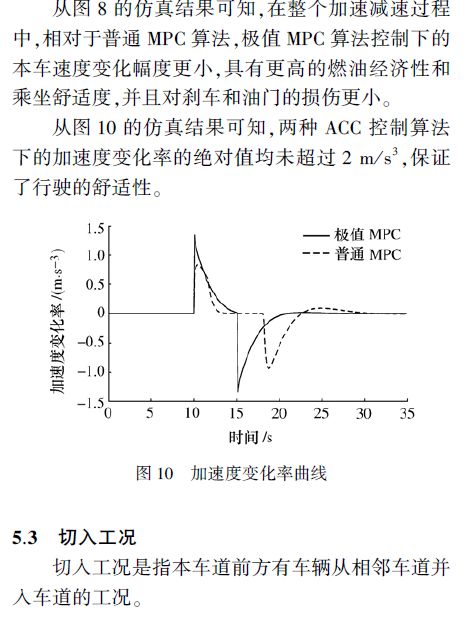
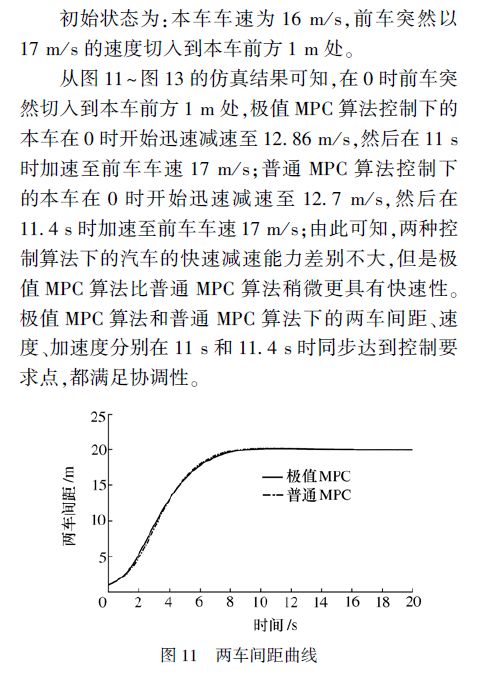
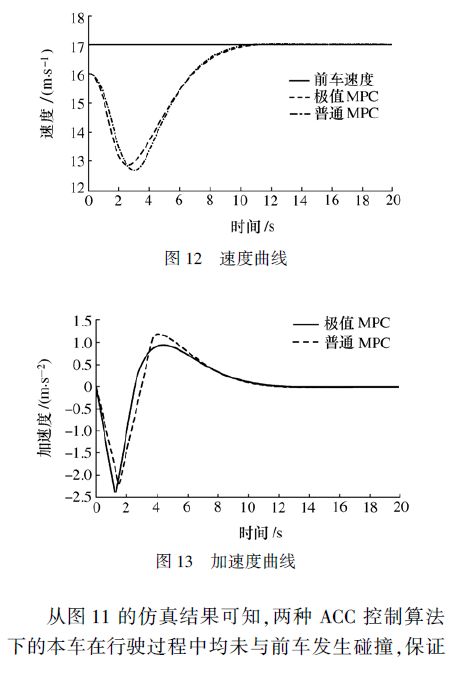
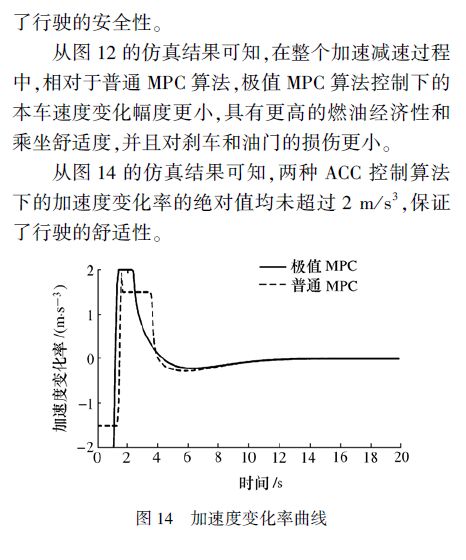
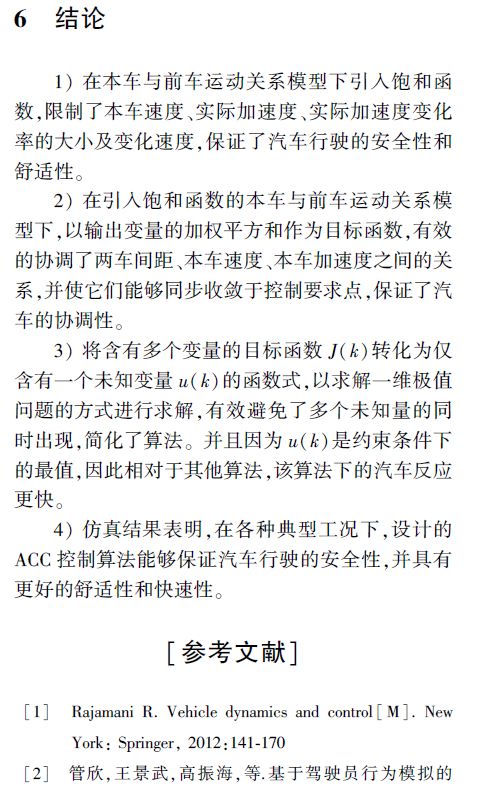
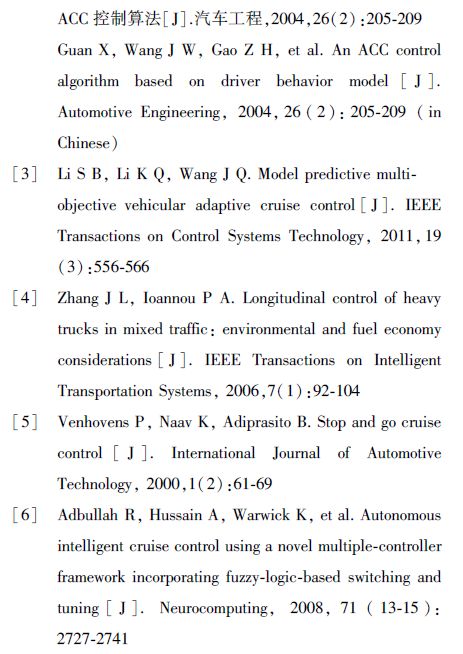
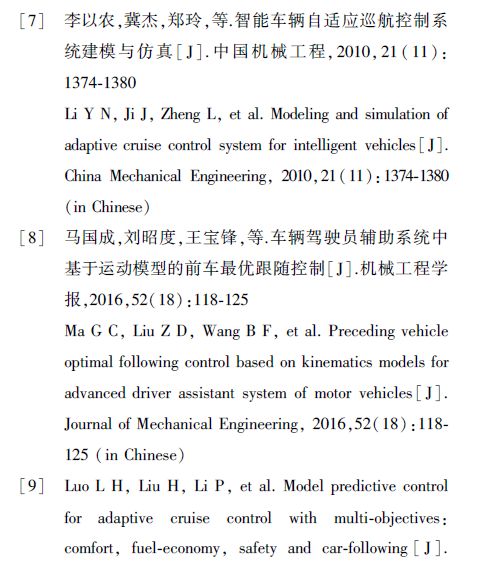
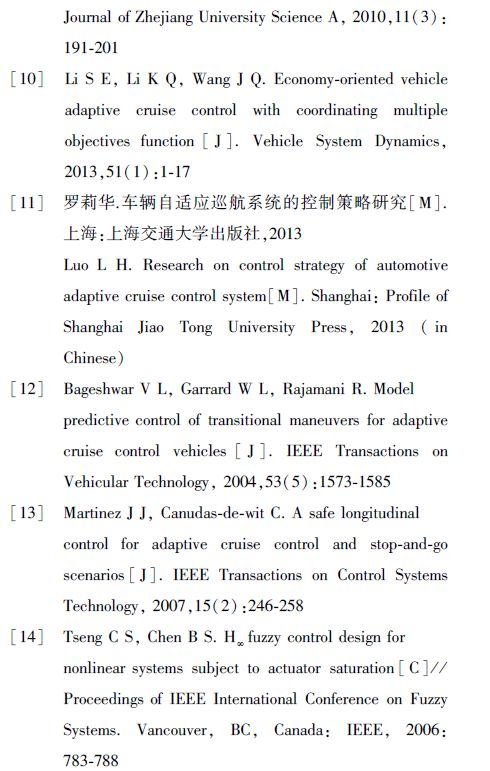
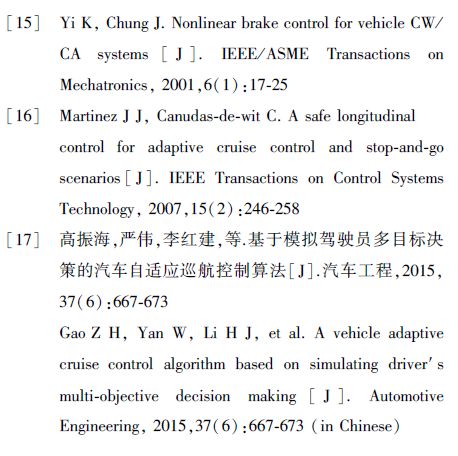
New Products
SHENZHEN CHONDEKUAI TECHNOLOGY CO.LTD , https://www.szfourinone.com
